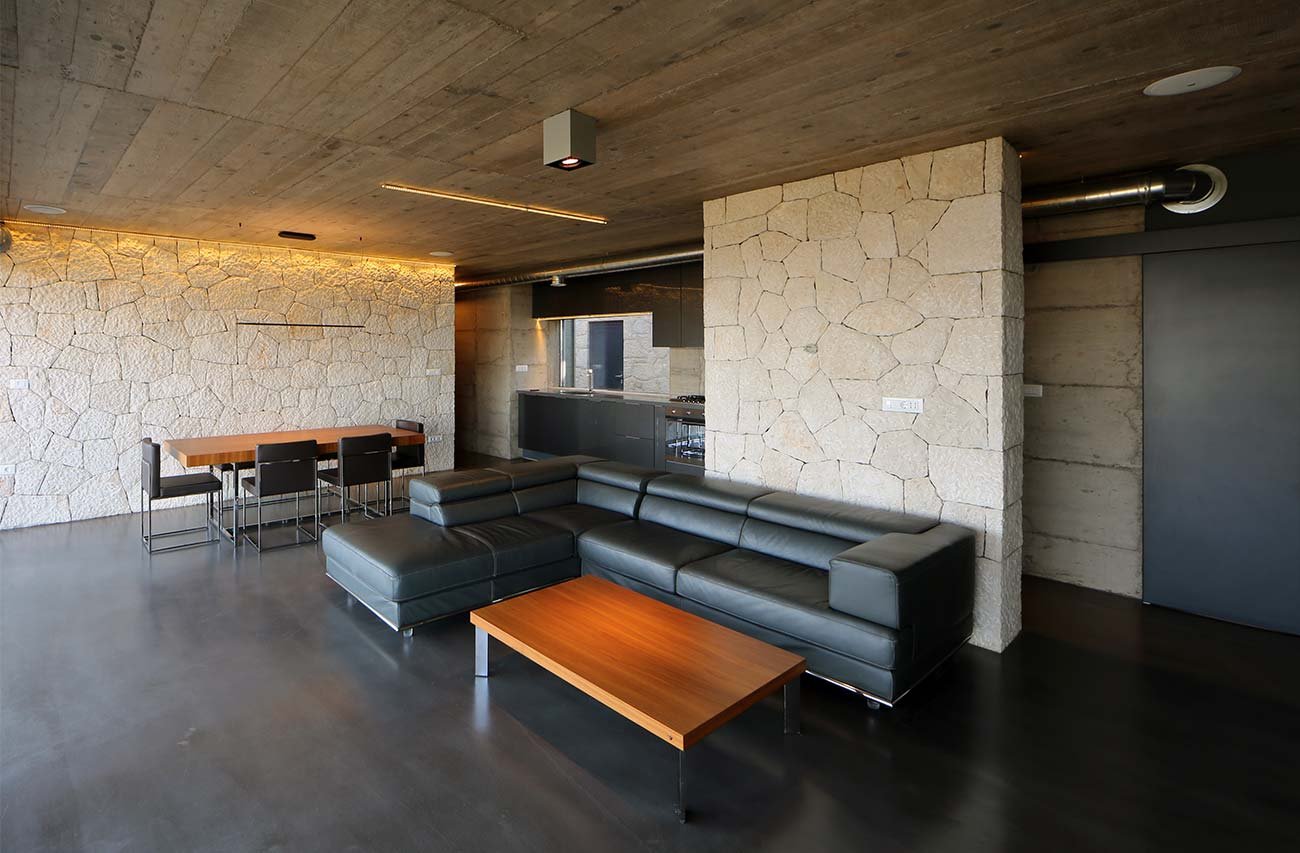
Affordable Luxury: Trends in Architectural Design for Small Homes on a Budget
In recent years, the demand for small, budget-friendly homes that exude luxury has surged. As homeowners seek both comfort and style without breaking the bank, architectural design has adapted to meet these needs. Affordable luxury in architectural design for small homes has become a major trend, with innovative solutions offering high-end aesthetics, efficient use of space, and energy-saving features. This article explores the latest trends in small home architecture that combine affordability with a sense of luxury.
Maximizing Space with Open Floor Plans
The Appeal of Open Concept Living
One of the most prominent trends in small home architecture is the use of open floor plans. By eliminating unnecessary walls and barriers, open spaces create a sense of flow and spaciousness, making even the smallest homes feel expansive. This design strategy is not only aesthetic but also functional, as it allows for better circulation and flexibility in how the space is used.
Key Benefits of Open Floor Plans
- Enhanced Natural Light: With fewer walls obstructing the flow of light, rooms become brighter and more inviting.
- Versatile Design: Open spaces allow homeowners to easily rearrange furniture and make the space work for different activities.
- Cost-Effective: Reducing the number of walls and doors can lower construction costs, contributing to the overall affordability of the home.


Sustainable Design Elements for Affordable Luxury
Incorporating Sustainable Materials
Sustainability is a key component of affordable luxury in small homes. Using eco-friendly, sustainable materials not only reduces environmental impact but also adds a touch of elegance to a home. Materials like bamboo, reclaimed wood, and recycled steel are becoming increasingly popular in small home design due to their affordability, durability, and aesthetic appeal.
Energy-Efficient Features
Small homes often come with lower energy consumption, but architects are now pushing this trend further with energy-efficient designs. Incorporating features such as solar panels, low-emissivity windows, and high-efficiency HVAC systems ensures that the home remains comfortable while keeping utility bills low.
- Solar Panels: A one-time investment that can significantly reduce energy costs over time.
- Smart Thermostats: Allow homeowners to control heating and cooling remotely, optimizing energy usage.
Luxury on a Budget: Creative Use of Finishes
High-End Finishes Without the Price Tag
Luxury doesn’t always have to come with a hefty price tag. For small homes, designers are finding ways to incorporate luxurious finishes that look expensive but are affordable to implement. For instance, quartz countertops have become a popular alternative to marble, offering a sleek, elegant look at a fraction of the cost. Similarly, polished concrete floors, which can mimic the look of natural stone, are a cost-effective option that adds sophistication to small spaces.
Affordable Alternatives to Luxury Materials
- Engineered Wood Flooring: Provides the look of hardwood without the high cost and maintenance.
- Ceramic and Porcelain Tiles: Offer the appearance of stone or marble, without the expense or upkeep.
- Matte Finishes: These create a refined, modern look while being easier to maintain than high-gloss alternatives.
Smart Storage Solutions for Small Homes
Clever Built-In Storage
Maximizing storage space is critical in small homes, and architectural designs are increasingly focusing on built-in solutions that are both functional and visually appealing. Built-in bookshelves, custom cabinetry, and hidden storage compartments can help homeowners store items out of sight, keeping spaces tidy and organized.
Multi-Functional Furniture
Multi-functional furniture is another trend that blends affordability with luxury. Pieces like fold-out desks, wall-mounted beds, and extendable dining tables not only save space but also add a touch of modern luxury to the home. By choosing furniture that can serve multiple purposes, homeowners can make the most of their limited space while still maintaining an upscale aesthetic.
Creating a Connection with Nature
Indoor-Outdoor Living Spaces
The concept of indoor-outdoor living has gained popularity in small home designs, as it helps to blur the lines between interior and exterior spaces. By integrating large sliding glass doors, patios, and small gardens, small homes can feel more expansive and connected to nature, offering a peaceful retreat without sacrificing style.
- Biophilic Design: Incorporating elements of nature into the home, such as indoor plants, natural stone features, and wood accents, creates a calming and luxurious atmosphere.
- Outdoor Living Rooms: These spaces can serve as additional living areas, perfect for entertaining or relaxing while enjoying the fresh air.
Maximizing Natural Light
Using natural light to enhance the aesthetic appeal of a small home is another key trend in affordable luxury design. Strategically placing windows, skylights, and glass doors allows sunlight to flood the interior, making the space feel larger and more open. Not only does this create a welcoming environment, but it also helps to reduce the need for artificial lighting, further lowering energy costs.
Color Schemes and Textures: Subtle Luxury
Neutral Palettes with Bold Accents
When it comes to color schemes, neutral tones continue to dominate small home designs, as they create a sophisticated backdrop for any style. Shades of white, beige, and grey are often paired with bold accent colors in furniture, artwork, and textiles. This approach allows homeowners to incorporate luxury touches while maintaining a calm and serene atmosphere.
Textural Contrast for Depth
To add a sense of luxury without overcrowding the space, designers often play with textures. For example, soft velvet cushions on a minimalist sofa, woven rugs, or sleek leather chairs can bring richness to the space. Layering textures helps to create visual interest while maintaining an elegant, uncluttered look.
Smart Technology Integration
Tech-Savvy, Space-Saving Innovations
Technology is another area where small homes can embrace affordable luxury. Smart home technology not only makes everyday living more convenient but also adds a modern, high-end feel to the home. From voice-activated lighting systems to automated window treatments, small homes can benefit from the efficiency and sophistication that smart technology brings.
- Smart Lighting: Adjustable lighting schemes allow homeowners to create the perfect ambiance for any occasion.
- Home Automation: Centralized systems control temperature, security, and lighting, increasing convenience and reducing energy consumption.
The Future of Affordable Luxury in Small Homes
As the world moves towards more sustainable and efficient living, the trend of affordable luxury in small homes is likely to grow. Architects and designers will continue to innovate, finding new ways to combine affordability with elegance, sustainability, and functionality. Whether through the use of sustainable materials, innovative storage solutions, or energy-efficient features, small homes can continue to provide the luxury experience without the hefty price tag.
Key Takeaways
- Maximized Space: Open floor plans enhance the feeling of space and make small homes appear larger.
- Sustainable Design: Sustainable materials and energy-efficient features not only reduce environmental impact but also save homeowners money.
- Luxury Finishes: Affordable alternatives to luxury materials help create high-end aesthetics without breaking the budget.
- Smart Solutions: Multi-functional furniture, built-in storage, and smart home technology are key elements of affordable luxury.
In conclusion, affordable luxury in small homes is not just a passing trend but a reflection of how modern architecture can make the most of limited space and resources. By embracing these design trends, homeowners can create stylish, comfortable, and efficient living spaces that offer all the luxury they desire, without the excessive costs often associated with high-end home design.

